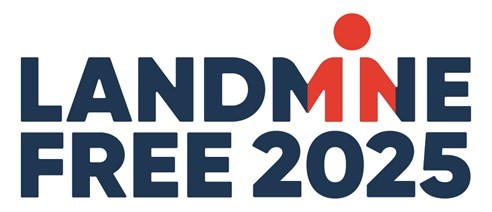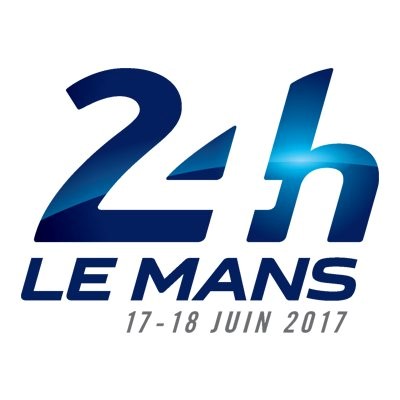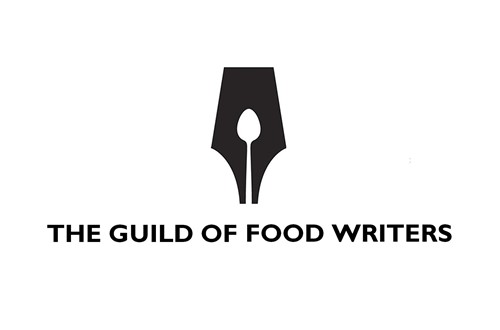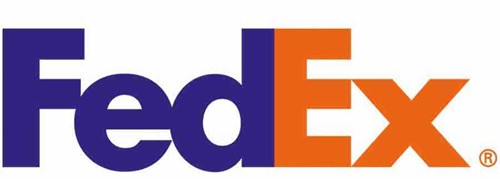Identity: how negative space gives four logos impact
Author: CIMCOM
 The humble logo has a powerful role to play within brand strategy. It provides a visual representation of the brand promise and plays a unifying role at the heart of the brand experience. But the magic formula for creating a memorable brand isn’t necessarily about putting all the right elements into the mix. Sometimes the perfect visual identity is about judicious use of what’s not there. The brand logos of the recent Landmine clearance campaign, Le Mans motorsport event and the Guild of Food Writers, use negative space to create impact and memorability. And of course, FedEx’s well-known logo packs a hidden punch.
The humble logo has a powerful role to play within brand strategy. It provides a visual representation of the brand promise and plays a unifying role at the heart of the brand experience. But the magic formula for creating a memorable brand isn’t necessarily about putting all the right elements into the mix. Sometimes the perfect visual identity is about judicious use of what’s not there. The brand logos of the recent Landmine clearance campaign, Le Mans motorsport event and the Guild of Food Writers, use negative space to create impact and memorability. And of course, FedEx’s well-known logo packs a hidden punch.
Writer, Antoine de Saint-Exupery in ‘Terre des Hommes’ says it all:
“It seems that perfection is achieved not when there is nothing more to add, but when there is nothing left to take away.”
Absence central to Landmine clearance design
For landmine clearance charities, the absence of landmines, is the ultimate goal. The visual imagery for the Landmine Free 2025 campaign is as much about what’s not there, as what is visible.

The campaign identity was created by London agency, Glazier Design, for The Halo Trust and MAG. Negative space is used for the ‘i’ in the word landmine. The red figure with the gap at its heart, created by the missing ‘i’ and the arms of adjoining letters ‘m’ and ‘n’, is a reminder of those missing from their communities through exploding landmines. Since the issue is more than a security concern, it’s a solvable humanitarian crisis, the humanised design of the new logo is particularly apt.
Twenty years ago, when Princess Diana walked through a cleared minefield in Angola, this pressing issue was brought to the fore. It prompted 122 nations to sign up to the ‘Anti-Personnel Mine Ban Treaty’ known as the Ottawa Treaty which underlined a commitment to end the carnage of these mines. Despite the good intentions from countries around the world dealing with landmines also requires practical action, yet in some cases funding for removal of devices in regions such as Angola has been cut. It remains crucial to ensure the issue has public support and that of governments. Prince Harry’s speech at the launch of Landmine Free 2025 clearly explains the nature and scale of the problem.
Cohesion exemplifies 24 hours Le Mans race logo
The 24-hour motor race held near Le Mans each summer is a sporting marathon. The race tests the endurance of participating teams and winning the event carries huge prestige. The identity for this sporting event provides a neat shorthand which communicates the need for tight team cohesion between the three drivers of each vehicle, with cheek by jowl typography for ‘24h’ made possible through use of negative space.

The race identity was created by the Leroy Tremblot agency in Paris. This design house has specialised in supporting sports businesses for thirty years. The agency views its role as to “optimise brand expression and maximise the value and benefits of its customers' partnerships”, since collaboration is a key feature of the sports world.
Since 1923, the 24 Hour Le Mans has pitted teams against one another. It’s viewed as the Grand Prix of endurance and efficiency, since race teams must balance speeds achieved with their ability to keep the car running with well-timed refuelling stops, maintenance and tyre changes. Three drivers share the driving in each race car and likewise balance out intense driving sessions with rest and refreshment when they can.
The 24 hour Le Mans logo with its visible number ‘2’ and ‘h’ (for hours) encapsulating the reversed-out number ‘4’ provides an allegory for the cohesion and efficiency required for success in this race. The continuous lightened colour across the ‘24h’ characters alludes to the shining bodywork of a race car – at the start of the race, if not at the finish of this 24-hour marathon.
Literal emblem for The Guild of Food Writers
Set up in 1984, The Guild of Food Writers is an association of food writers, broadcasters, columnists, authors and journalists. This UK professional body has over 400 members including May Berry CBE, Nigella Lawson and author and campaigner for real bread, Chris Young. The logo design for the Guild incorporates a graphic icon with a cut-out that’s a clever use of negative space.

The Guild’s brand logo was created by design consultancy 300million. As well as the association’s name in bold, block typography, the design features the nib of a pen, with integral spoon cut-out. (This 300million agency was winning awards right up to its demise when it went into administration after a client defaulted on its bills a few years ago.)
This identity provides a literal image that’s clear, crisp and direct. In David Airey’s book, ‘Logo Design Love’, senior designer at 300million Katie Morgan explains, “what you take away is as important as what you keep.”
FedEx positive about negative space

The familiar logo for logistics company FedEx incorporates a gap in the typography that communicates the organisations goal. You may have seen it before, but if not then take a look at the space between the ‘e’ and the ‘x’. The arrow comprised of negative space speaks of speed and getting shipments from ‘A’ to ‘B’. Since the arrow uses the same proportions as the lettering it makes for a coherent whole.
This FedEx design was created by Linden Leader of Landor Associates in 1974 and has prompted over 40 international awards for its conception and design. In a deliberate move, when the design was presented to the client, the arrow went unmentioned. The client spotted the hidden message, appreciated the creative thinking and the logo has been used ever since.
Must-reads on negative space design and branding
Matthew May shares an extract from his book, ‘The Laws of Subtraction’ on the Codesign website:
The story behind the famous FedEx logo, and why it works
Caitlin Jordan provides examples of how to use negative space in design and illustration.
See her article: Mesmerising Designs That Make The Most Of Negative Space
Kath Tudball, senior designer at Johnson Banks explains the iterative design process in creating the logo for new adult-only ice cream brand, Mister Cooper in this presentation.
For a holistic approach to brand identity, see Alina Wheeler’s book published by Wiley, available from the CIM bookshop:
Designing Brand Identity Fourth Edition